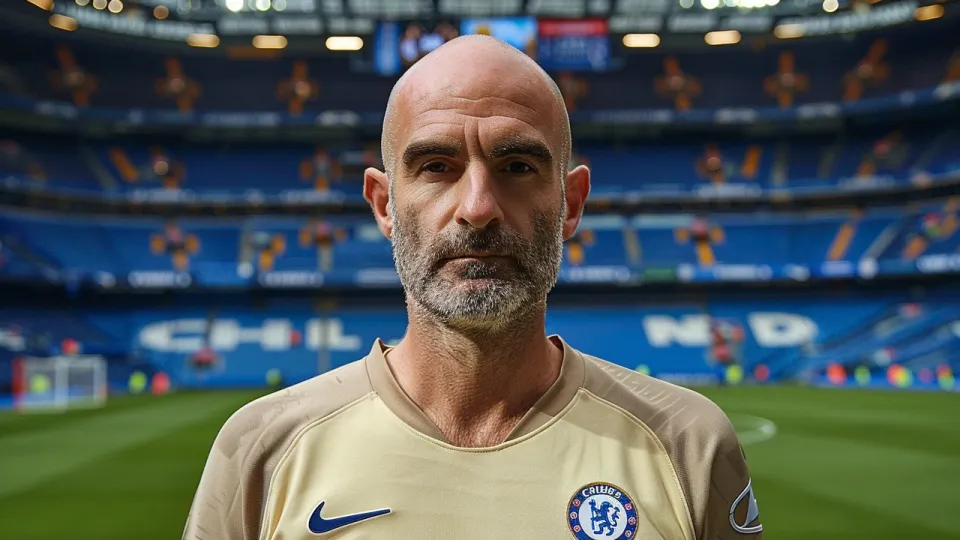
The Premier League, renowned as the most competitive and financially powerful football league in the world, has undergone a remarkable tactical evolution over the years. From the traditional 4-4-2 formations of the past to the complex systems employed today, the league has been a breeding ground for innovative strategies. One notable shift has been the rise of inverted wingers, a concept that has transformed the way teams attack and defend.
The Rise of Inverted Wingers
The concept of inverted wingers has been pivotal in the tactical evolution of the Premier League. This strategy, which involves playing wingers on the opposite flank of their stronger foot, was popularized by wingers like Franck Ribéry and Arjen Robben in the Bundesliga but has since become a staple in English football. The idea is simple yet effective: by cutting inside onto their stronger foot, wingers can shoot on goal, play incisive passes, or overload the central areas, creating numerical superiority.
This tactical innovation has been embraced by some of the Premier League's top managers. For instance, Pep Guardiola, during his tenure at Manchester City, effectively utilized the likes of Raheem Sterling and Riyad Mahrez as inverted wingers, resulting in devastating attacking play. The ability of these players to cut inside has been complemented by the overlapping runs of fullbacks, adding another layer of complexity to the attack.
Tactical Impacts and Innovations
The use of inverted wingers has had profound implications on team formations and strategies. It has necessitated the development of fullbacks who are not only defensively astute but also capable of contributing to the attack. The modern fullback must be capable of overlapping runs and delivering crosses from advanced positions, as seen in the performances of Liverpool's Trent Alexander-Arnold and Andrew Robertson.
Furthermore, the presence of inverted wingers has encouraged the use of a false nine, a forward who drops deep to create space for wingers to exploit. This tactic was famously employed by Guardiola with Lionel Messi at Barcelona and has been adapted in the Premier League by managers like Jürgen Klopp and Thomas Tuchel.
Inverted Wingers and Defensive Strategies
Defensively, the rise of inverted wingers has forced teams to adapt their strategies. Opposing managers often deploy double pivots or holding midfielders to shield the defense against the threat of wingers cutting inside. This has led to a greater emphasis on the role of defensive midfielders, who must be adept at intercepting passes and initiating counter-attacks.
Additionally, teams have experimented with varying defensive shapes to counteract the threat posed by inverted wingers. The use of a back three or five has become more prevalent, allowing for greater flexibility in dealing with wide threats. This approach enables wing-backs to engage the wingers higher up the pitch, providing additional defensive support.
A Tactical Revolution in the Premier League
The evolution of tactical styles in the Premier League is a testament to the league's adaptability and openness to new ideas. The implementation of inverted wingers has transformed the attacking dynamics of teams, leading to more fluid and unpredictable play. It has also influenced defensive strategies, prompting managers to devise innovative solutions to counter this threat.
As the Premier League continues to attract top managerial talent, the tactical landscape is set to evolve further. The integration of data analysis and technology has become increasingly important, allowing managers to fine-tune their strategies and gain a competitive edge. In this ever-changing environment, the role of inverted wingers will continue to be a key aspect of modern football tactics.
Conclusion
In conclusion, the rise of inverted wingers in the Premier League represents a significant shift in football tactics. This strategy has not only enhanced attacking play but also prompted defensive innovations, making the league a hotbed of tactical experimentation. As the game continues to evolve, the role of inverted wingers will remain a crucial element in the ongoing tactical revolution of the Premier League. The future promises even more exciting developments as managers and players continue to push the boundaries of what is possible on the pitch.